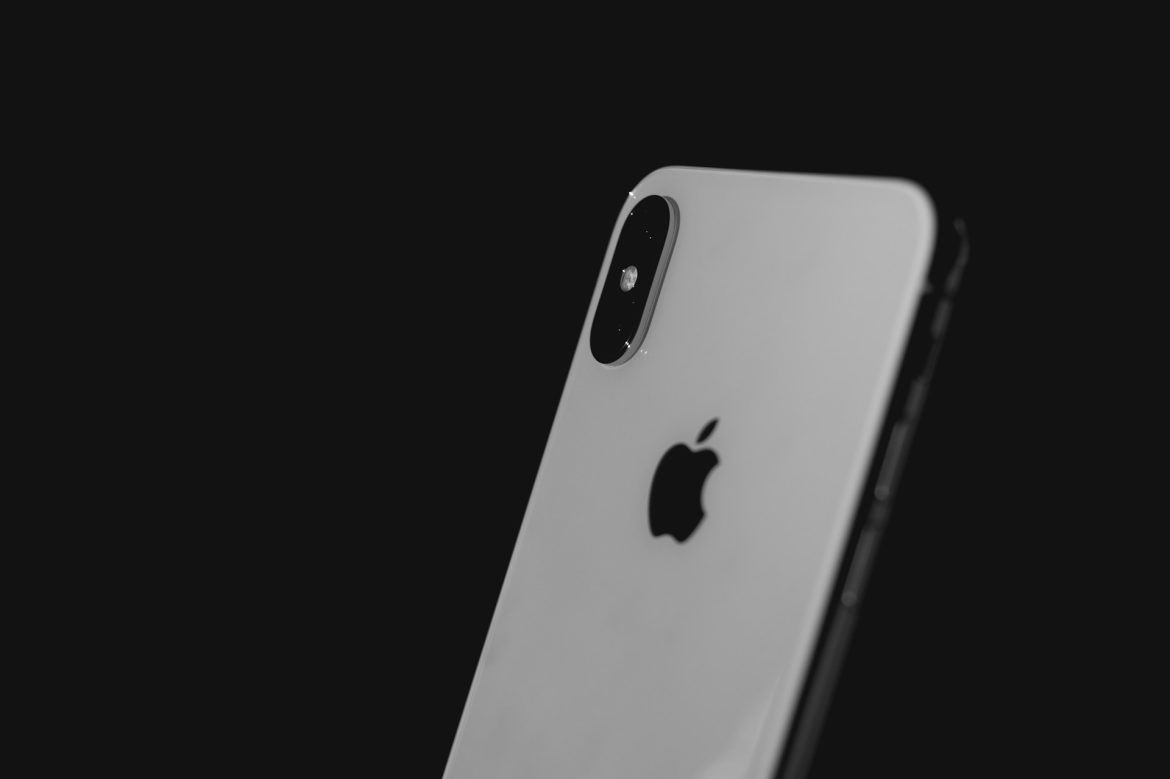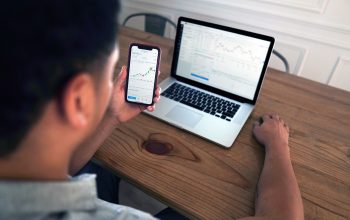If your iPhone refuses to charge when plugged in, it can be both frustrating and concerning. The issue could stem from a range of causes — some simple and inexpensive to fix, others potentially requiring costly repairs. Below is a comprehensive guide to help identify and resolve common charging issues with your iPhone.
Why Isn’t Your iPhone Charging?
Damaged Cable or Charger Over time, charging accessories inevitably wear out. Your cable might be frayed, or it could have suffered internal damage due to repeated use. Similarly, the plug’s prongs might become bent or discoloured, particularly if they’ve been inserted awkwardly into sockets. If you notice signs of burning or splitting, stop using the charger immediately and replace it. Damaged accessories can pose a serious safety risk.
Loose Connection It may seem obvious, but always check your connections. Your charger should fit securely in the wall socket, and the cable should connect snugly to both the adapter and your iPhone. Loose fittings, often caused by poorly designed phone cases or worn accessories, can prevent a proper flow of electricity.
Your iPhone Doesn’t Support Wireless Charging If you’re using a wireless charging pad, ensure your iPhone model supports it. Devices older than the iPhone 8 series are incompatible with wireless charging, including the newer MagSafe technology.
Debris in the Charging Port Dust, lint, or other particles can accumulate in your phone’s charging port — particularly if you often carry your device in a pocket or bag without a protective case. This debris can obstruct the connection, making charging difficult or impossible. Gently clean the port using a non-metallic object, such as a toothpick or a soft brush.
Optimised Battery Charging Stops at 80% Introduced in iOS 13, the Optimised Battery Charging feature helps prolong battery lifespan by halting the charge at 80% if the system predicts your phone will remain on the charger for an extended period — like overnight. If your iPhone seems stuck at 80%, this feature may be the cause. To disable it, go to Settings > Battery > Battery Health & Charging.
Charging via a Sleeping Computer Connecting your iPhone to a computer’s USB port won’t always charge it — especially if the computer is in sleep mode. If you’re relying on this method, ensure your computer remains awake or switch to a wall socket for consistent charging.
Outdated iOS Although rare, a software update can resolve bugs or compatibility issues that interfere with charging. For instance, Apple-certified accessories communicate with iOS during a “handshake” process. If iOS fails to recognise the accessory, it might block charging. Keeping your device updated ensures compatibility with certified charging gear.
Hardware Issues If none of the above apply, the problem may be internal. Battery wear or damage to internal components could be the root cause. In such cases, professional repair may be needed — or even a complete device replacement. Older models like the iPhone 7 may simply be at the end of their lifespan.
Solutions: What to Try First
Inspect Your Charging Cable Start by uncoiling the cable and running your fingers along its length. Check for visible signs of damage: splits, burns, or deformation. Examine both ends and the plug for discoloration or scorching. A damaged cable should be replaced immediately.
New cables are available from Apple, but reliable third-party options — from reputable brands like Anker, Belkin, or Mophie — can offer the same performance at a lower cost. Avoid unbranded cables, as they may lack the safety standards required for proper performance.
Restart Your iPhone Sometimes a simple reboot can resolve the problem. Restarting your phone refreshes the system and can reset minor glitches. However, this option won’t be available if your phone is completely drained or on the verge of shutting down — in such cases, avoid letting the battery drop too low before attempting a restart.
Switch from Wireless to Wired Charging Even if your iPhone supports wireless charging, it might not always work reliably. Wireless pads can fail due to misalignment, dust, or device software issues. If your phone isn’t charging wirelessly, plug it in directly to see if that resolves the issue.
Final Thoughts
When your iPhone won’t charge, it’s important to stay calm and follow a methodical approach to troubleshooting. Most charging problems stem from accessory wear, debris, or simple connection issues. However, if the problem persists after trying all basic solutions, it may be time to consult a professional technician or consider replacing the device, especially if it’s an older model.
Being proactive with updates, keeping your charging port clean, and using high-quality accessories can go a long way in preventing these issues in the first place.



